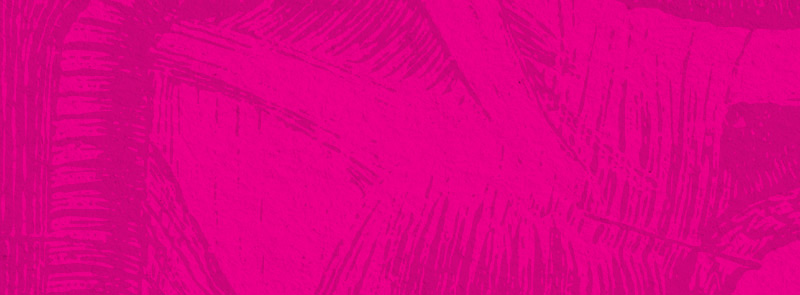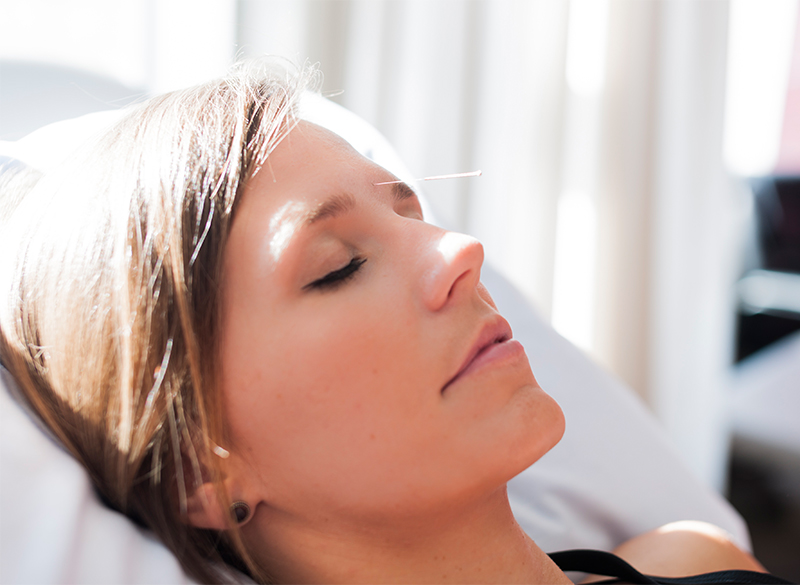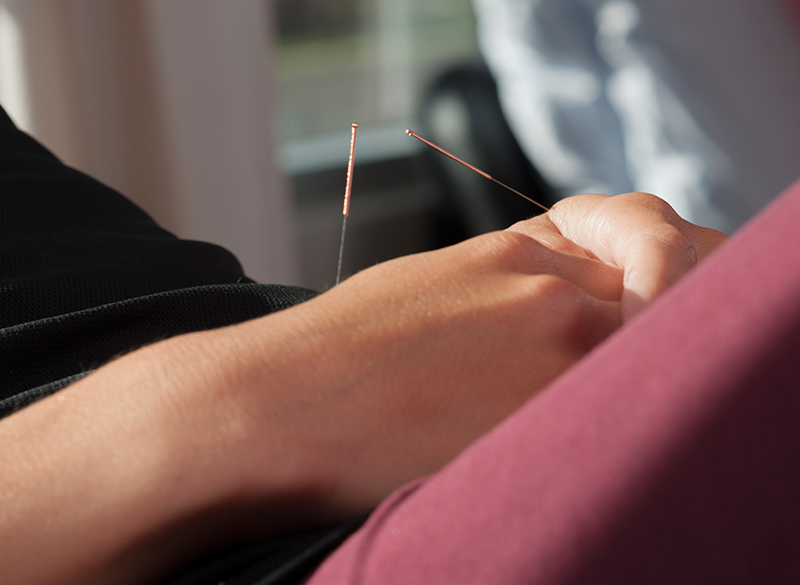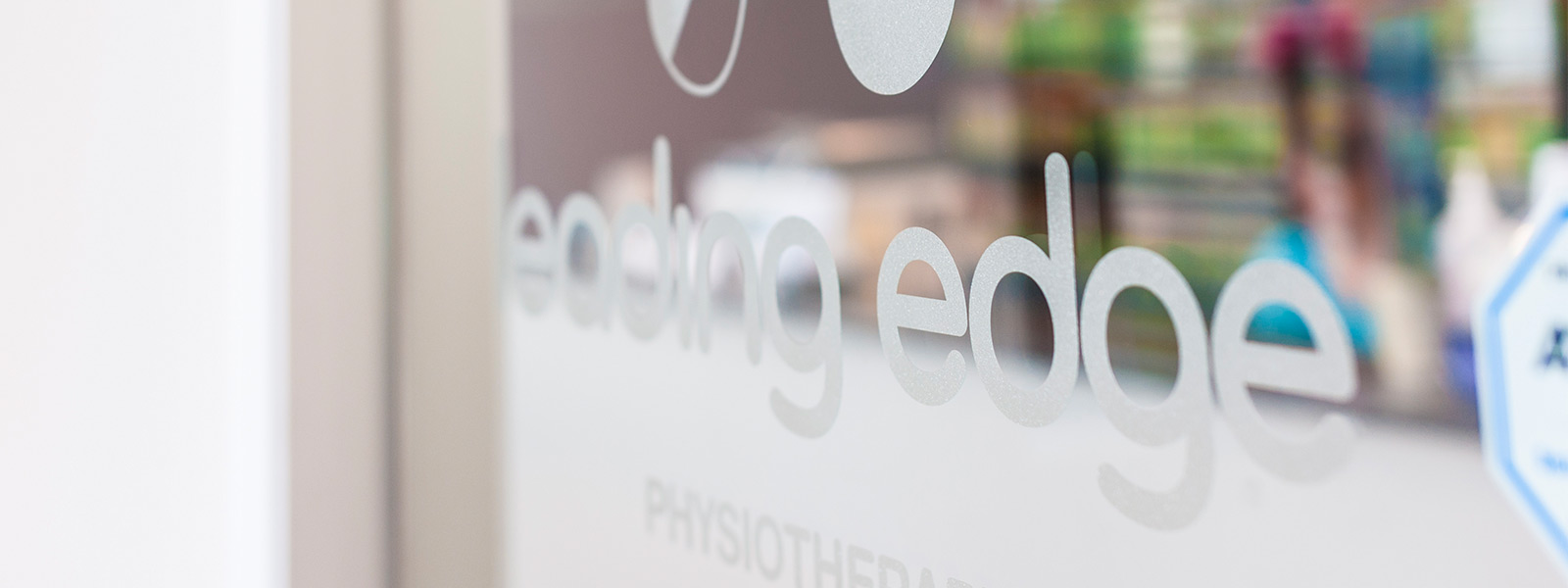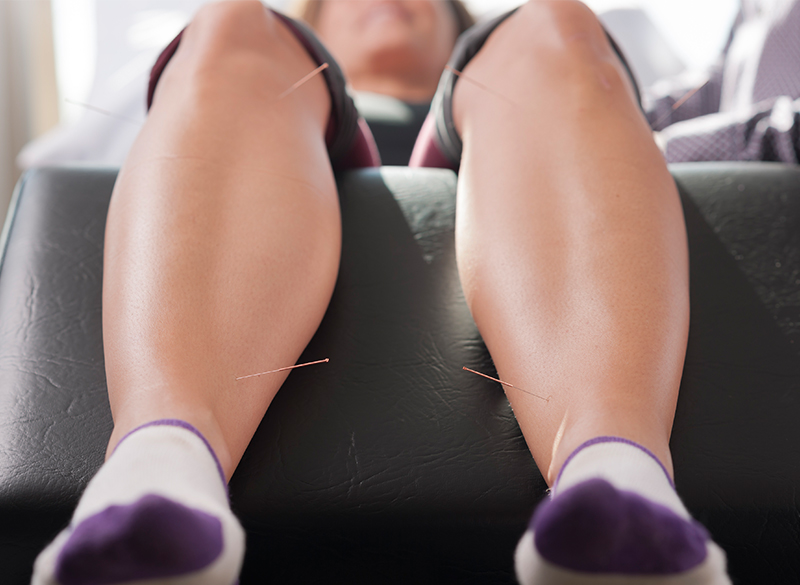
Available at Windermere, St. Albert, Royal Glenora, Old Strathcona, Capilano Rehabilitation Centre, and Sherwood Park locations.
using ancient science within the framework of modern leading edge medicine
Leading Edge Physiotherapy is pleased to offer traditional medical acupuncture in St. Albert and Edmonton, Alberta. We aren’t allowed to say that we are the best, but we are darn good at it!
At Leading Edge Physiotherapy, our senior therapists have been utilizing acupuncture within a modern medical framework for more than 17 years. The knowledge and experience that has been attained over this period is passed on to all of our therapists. Just one of the cornerstones of that care is that our patients receive consistent and experienced treatments with acupuncture. We use acupuncture to augment our treatment rather than as a stand-alone approach which enables us to provide comprehensive treatments to each of our patients.
what is acupuncture?
The word “acupuncture” comes from the Latin words acus, meaning needle, and pungere, meaning puncture. This is the Western name given to a type of Chinese medical treatment. The Chinese call it Chen Chiu.
Acupuncture is the insertion of fine needles into the body at specific points, which have been empirically proven effective in the treatment of specific disorders. The Chinese have mapped these points over a period of 2000 years. Recently their location has been confirmed by electromagnetic research.
That’s a big question. Traditionally, acupuncture is based on the ancient Chinese theories of the flow of Qi (energy) and Xue (blood) through discrete channels or meridians which traverse the body similarly but not identical to the nervous and blood circulatory systems. According to this theory acupuncture regulates the flow of Qi, shunting it to those areas where it is deficient and draining it from where it is in excess. Thus acupuncture regulates and restores the harmonious energetic balance of the body. In Chinese there is a famous dictum, “There is not pain if there is free flow; if there is pain, there is no free flow.” Essentially, acupuncture promotes the free and balanced flow of Qi and blood.
With extensive research in the past few years in western countries, we now have a better understanding of what happens with an acupuncture treatment. Acupuncture stimulates the body to produce its own pain relieving neurotransmitter chemicals known as “endorphins.” These chemicals mimic morphine by attaching to opiate receptor sites found throughout the nervous system. Endorphins help to block pathways that relay pain messages from the body to the brain, resulting in relief of pain, general relaxation and biochemical restoration of the body’s own internal regulation systems.
The improved energy and biochemical balance produced by acupuncture simulates the body’s natural healing abilities, reducing inflammation and promoting physical and emotional well-being. Local increases in circulation as well as pain gating via nerve stimulation are also known medical benefits.
Ultimately, acupuncture affects the functioning of the hormonal system, promotes a decrease in inflammation, increased circulation and relief from pain.
Acupuncture is a gentle and safe treatment that’s suitable for all ages—children to seniors. It’s used to treat a wide range of conditions. Injured workers return to work sooner when their practitioners include acupuncture with their treatments. Competitive athletes use acupuncture before their events to enhance their performance. Post-event, it improves their recovery and helps to heal injuries.
Pain—acupuncture is used to treat a vast number of painful conditions such as sciatica, lower back pain, osteoarthritis of the knee, sprains and strains, whiplash and headaches, as well as neurological and other medical conditions.
The World Health Organization has published a list of indications where acupuncture is suitable for treating the following:
- Ear, Nose, and Throat Disorders: Toothaches, pain after tooth extraction, gingivitis, acute or chronic otitis, acute sinusitis, acute rhinitis, nasal and acute tonsillitis.
- Respiratory Disorders: Bronchial asthma – in children or adults when uncomplicated.
- Gastrointestinal Disorders: Esophageal and cardio spasm, hiccups, gastroptosis, gastritis, sour stomach, chronic duodenal ulcers, acute or chronic colitis, acute bacillary dysentery, constipation, and diarrhea.
- Eye Disorders: Acute conjunctivitis, central retinitis, nearsightedness (in children), and cataracts without complications.
- Neurological and Muscular disorders: Headaches, migraines, trigeminal neuralgia, facial paralysis (within the first 3 to 6 months), post-stroke paresis, peripheral neuritis, neurological bladder dysfunction, bed wetting, intercostal neuralgia, cervical syndrome, frozen shoulder, tennis elbow, sciatica, low back pain and osteoarthritis.
In addition, acupuncture has been used for centuries in China to treat a host of other problems which means that the above list is not comprehensive.
In an official report, Acupuncture: Review and Analysis of Reports on Controlled Clinical Trials, the WHO (WHO) has listed the following symptoms, diseases and conditions that have been shown through controlled trials to be treated effectively by acupuncture.
It is important to note that Leading Edge only treats with acupuncture in the scope of physiotherapy practice.
That depends upon the nature of the problem, the underlying anatomy of the points selected, the patient’s size, age and constitution. In general, needles are inserted from 1/4 to 1 in depth.
In Chinese, acupuncture is Bu tong- painless. However, if the correct stimulus of the needle has been obtained (De Qi), the patient should feel some heaviness, distension, and tingling or electric sensation either around the needle or traveling up or down the affected energy pathway or meridian. If there is any discomfort, it is usually mild.
We use pre-sterilized, individually packaged, disposable needles, as regulated by our College, thus absolutely assuring that there is no transmission of communicable diseased from patient to patient due to contaminated needles. Further, our facility practices extensive sterility processes and we offer an extremely safe and clean environment for your treatments.
No. As an integral part of what in English is called Acupuncture, most practitioners are also trained to use a number of adjunctive therapies. These typically include Moxibustion, which is the burning of the herb Artemisia Vulgaris Sinensis over the affected area to warm it, cupping, electronic stimulation, magnetotherapy and various types of massage such as acupressure, Shiatsu, Jim Shin Jyutsu, and/or Tuina Chinese remedial massage.
The number of treatment sessions will depend upon several factors: duration of onset (acute or chronic condition), individual’s age, severity of condition and several others. For acute conditions, only a few treatments may be required. In some cases only one treatment may be sufficient. In our experience, sports injuries respond very well. In fact, the majority of the sports injuries require only 4 to 6 sessions. For complex or chronic conditions, two treatments per week for several weeks may be required with decreasing frequency as improvement occurs. Treatment sessions usually last between 15 and 60 minutes. Relief may be immediate or occur within a few hours. In some chronic cases relief may occur after 2 to 3 sessions. In our experience, eighty to ninety percent of patients respond favourably to acupuncture with noticeable improvement.
Strenuous physical activities (including exercise) should be avoided for a few hours after treatment.
A good feeling after acupuncture should not be mistaken for full recovery. We prefer that you are sure that you have regained your strength, stamina and balance before engaging in any activities that you were unable to perform before your treatments.
Many of our physiotherapists have undergone post graduate training with Dr. Aung and have received their certificates in medical acupuncture. The training is completed through the University of Alberta and takes approximately one additional year beyond the 4 to 6 years of University training already completed. These therapists carry the designation CMAc, which means that they hold a certificate in medical acupuncture.
Others have achieved their post graduate accreditation from the Acupuncture Foundation of Canada Institute. The professional designation, CAFCI is conferred upon students who have met the standards set forth by the Foundation ensuring that practitioners are knowledgeable, safe and effective.
